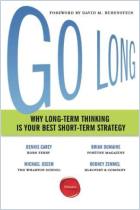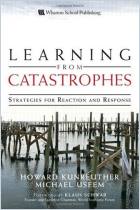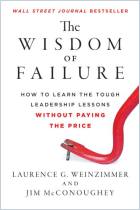When leaders lack solutions to challenging problems, they need brave subordinates, clients or vendors who will challenge them and help them think in a fresh way. Wharton Business School professor Michael Useem calls this process “leading up.” He defines “upward leadership” and provides a range of historic examples – some very compelling, others maybe less so – drawn from the worlds of the military, business, politics and religion. getAbstract recommends his in-depth report to leaders and upcoming leaders, especially those who love history.
Leading from the Bottom Up
True leaders recognize the value of leadership from the bottom up. Employees, clients and vendors can all help make an organization better. Frontline employees have a clear view of brewing crises and can detect fresh future opportunities, but they may find “leading up” difficult because confronting the boss takes courage. Several historic case studies show why companies should create an environment in which subordinates feel comfortable challenging their leaders:
Schwab’s Digital Revolution
In 1992, David S. Pottruck became COO of Charles Schwab & Company, one of the largest US brokerage firms, founded in 1971 as a traditional brokerage. When Securities and Exchange Commission rules changed in 1975, founder Charles Schwab began offering discount services. Instead of paying brokers by commission, he gave them a fixed salary so they could focus on customer needs. Another big shift came in the mid-1990s, when the Internet changed the trading industry forever. Schwab began offering an electronic service for $29 per trade. Some customers used only e-trading, while traditional clients paid up to $80 per transaction ...
Michael Useem, PhD, directs the Center for Leadership and Change Management at the Wharton School of the University of Pennsylvania, where he is also a professor.














Comment on this summary